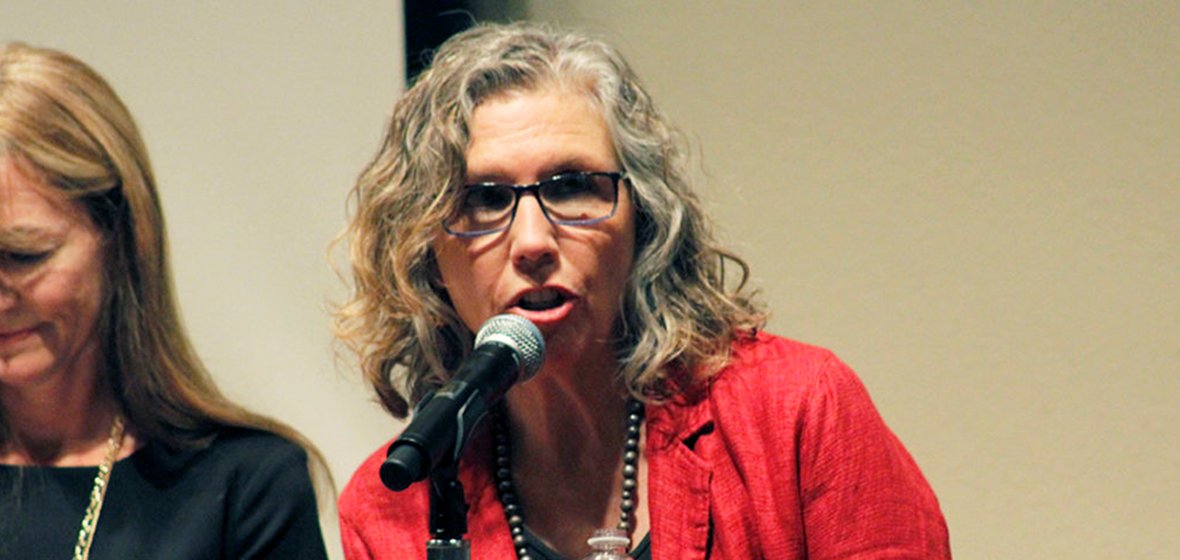
Public radio and community radio have many similarities – both are part of the “non-commercial” media sector, meaning they are not operated for the purpose of creating a profit for individual owners. Instead, both public radio and community radio are operated for the benefit of a local community. The differences between them have to do with types of programming, sources of funding, and affiliations and administration.
Not all public radio stations are affiliated with National Public Radio, but many are. More than 900 public radio stations in the U.S. are locally owned, member supported and part of the NPR system. NPR member stations can purchase programming from NPR and other public radio networks, and receive about receive nine percent of their funding from federal funds provided to the Corporation for Public Broadcasting. They generally provide a particular format, such as news/talk/information, or jazz or classical music. In Reno, for example, the NPR affiliate is KUNR 88.7 FM, which is owned and operated by the University of Nevada, Reno.
Community radio stations, on the other hand, can be owned by colleges and universities, groups of individuals, city agencies, and non-profits. They may also receive some local government funding, as well as support by individuals, foundations and other organizations. Community radio generally has local programming provided by volunteers and local community members. They are expressions of the particular communities they serve and can have eclectic programming ranging from educational, to talk, music, advocacy, news and cultural programs. Reno has a new community radio station: KWNK, 97.7 FM, a non-profit community radio station that features community-driven freeform programming. The station is an affiliate of the Reno Bike Project, in collaboration with The Holland Project, Wolf Pack Radio and its members.
Stations can be full-power or low-power. KWNK is an example of a low power FM station, which generally has a range of less than five miles. This index lists all the low power radio stations in Nevada, which have a frequency range of 87.9 MHz to 179.9 MHz. On the other hand, KUNR is an example of a full power radio station on the frequency set aside by the FCC for non-commercial, educational use (NCE). These stations are authorized on 88.1 MHz to 91.9 MHz. No commercial broadcasting is permitted on these frequencies.

Donica Mensing is associate dean at the Reynolds School of Journalism at the University of Nevada, Reno. She researches journalism education and public media. Her most recent article was published in Journal of Radio & Audio Media, entitled “Public Radio at a Crossroads: Emerging Trends in U.S. Public Media.”












